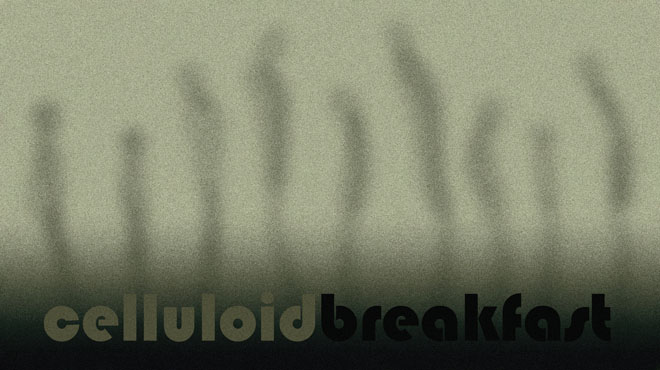Stylistically equidistant from both 2001: A Space Odyssey and Koyaanisqatsi, Werner Herzog’s hypnotic visual poem about how the hunger for oil has changed the Kuwaiti landscape succeeds in freeing the locations of their political context, thus creating a new story from the fantastical images. With scant commentary, Herzog’s lens drives vigilantly over the urban and rural spaces hit worst by the Gulf War, transforming these deserted areas into extraterrestrial vistas. Sheet metal litters the ground, dust fills the sky, neon signs flicker like weakened flames. In this interpretation, an untranslated female interviewee’s inability to articulate her grief becomes a new language, the battered objects around her like ancient artefacts.
Essentially, the film is a battle of the primal elements – there appear to be almost no human combatants or casualties. We spend a good few minutes watching oil fires spin and billow with acrid smoke before we see even a drop of water, and even when it is there in abundance, it still struggles to tame the blaze. It is often terrifying to witness the mêlée, human beings just specks on the horizon. The romantic soundtrack, though sometimes seeming a little insensitive to the horror on screen, works in much the same way as the music in Godfrey Reggio’s Qatsi trilogy, underlining the conflicts between culture and instinct, nature and technology, urban and rural. Simultaneously avoiding interpretation and addressing the fundamental driving forces of humankind, Herzog’s work is an undeniably powerful experience, but is perhaps hampered slightly by its sci-fi hermeneutics.






No comments:
Post a Comment